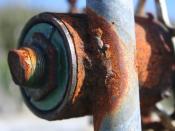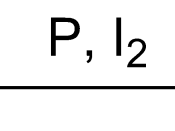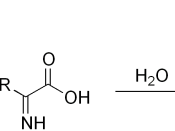Chemical Reactions Within a Pizza First Off, What is a Chemical Reaction? Chemical Reaction, process by which atoms or groups of atoms are redistributed, resulting in a change in the molecular composition of substances. An example of a chemical reaction is formation of rust (iron oxide), which is produced when oxygen in the air reacts with iron.
Important Chemical Reactions In a Pizza There are many chemical reactions that take place in a pizza. We will be covering the process of making cheese, the process of making pizza sauce, and the process of baking pizza dough.
The Process of Making Cheese: In order to make cheese you must start out with milk. First you curdle the milk, the lactic bacteria converts lactose into lactic acid and this lowers the degree of acidity (pH) of the milk. To make the milk curdle, use is made of an extract from the stomachs of calves.
This ensures that the protein in milk coagulate, which means adhere together. This is needed because the proteins usually repel each other. When curdling is completed, the milk-mass is cut which enables the whey to discharge more easily. Warm water is then added. When the curd is sufficiently solid it is transferred to molds and the cheese is pressed into its final shape. When the cheese is maturing carbon dioxide is formed giving cheese its wholes, or scientifically known as "eyes"�.
The Process of making Pizza Sauce: To make the sauce you must start out with whole tomatoes and herbs. (Most sauces also use tomato paste.) You then coarsely crush the tomatoes and add herbs and tomato paste while heating on medium to high heat, you also must stir to spread the herbs around evenly. While sauce is heating, water vapors are evaporated from the tomatoes. Thus, a...


